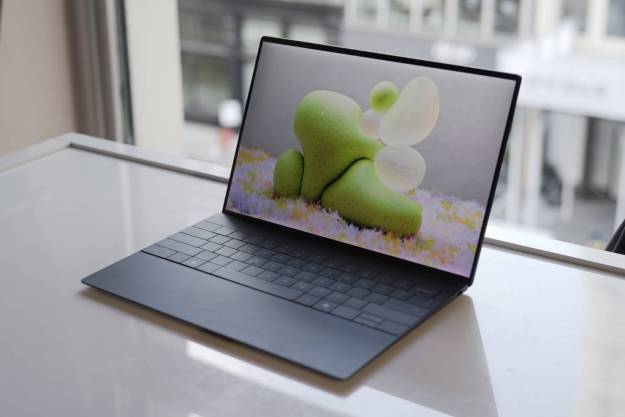
With that in mind, it looks as if Apple has decided to discontinue supporting Snow Leopard for good, despite the fact that roughly 19 percent of all Macs run the operating system. However, this is only a theory based on observations considering that, unlike Microsoft, Apple doesn’t maintain a page that details when support and updates for each of its operating systems will end. Redmond calls it its “Windows lifecycle fact sheet.” For what it’s worth, the last security update that Apple released for Snow Leopard was in September of 2013.
Speaking of Microsoft, the 2001 released Windows XP, which makes OS X Snow Leopard look new and shiny by comparison, is about to go through a similar experience, assuming that Apple has indeed ended Snow Leopard support for good. Microsoft will end support for Windows XP on April 8. This poses a substantial security risk for those still using the OS, especially considering that millions of people refuse to budge and won’t upgrade to Windows 7 and Windows 8. As of January, Windows XP’s desktop OS marketshare stands at 29.3 percent.
If Snow Leopard support has indeed ended for good, and it appears that Apple has decided to pull the plug, it’ll be interesting to see what the usage states will be for both Snow Leopard and Windows XP several months from now.
What do you think? Sound off in the comments below.
Image credit: http://4.bp.blogspot.com


